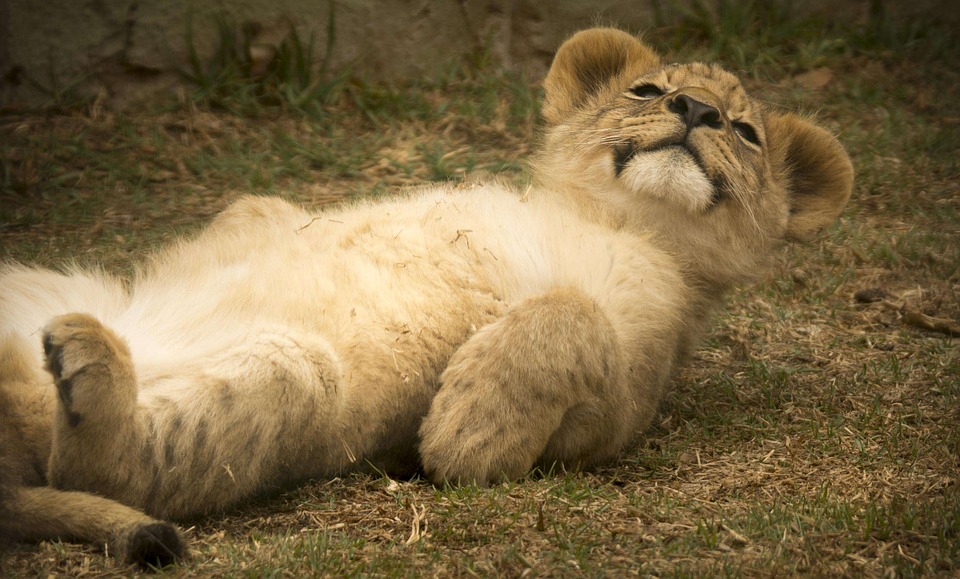Grooming is an essential part of a cat’s overall health and well-being. However, many cats develop a negative association with grooming tools, making the grooming process stressful for both the cat and the owner. In this article, we will explore effective strategies to help your cat establish a positive association with grooming tools, ensuring a stress-free grooming experience.
Before delving into the techniques, it’s important to understand why cats may develop a negative reaction towards grooming tools. Cats are naturally meticulous groomers and prefer maintaining their own cleanliness. Introducing foreign objects like brushes or nail clippers can be intimidating for them. By recognizing this, we can approach grooming in a way that respects their boundaries.
One of the key steps to establishing a positive association with grooming tools is to introduce them gradually. Sudden exposure to unfamiliar tools is likely to provoke fear or resistance. Start by leaving grooming tools around the house, allowing your cat to become familiar with their presence.
Positive reinforcement is a powerful tool for shaping your cat’s behavior. Pairing grooming sessions with rewards helps create a positive association with the tools. Offer treats, verbal praise, or playtime during and after grooming sessions to make the experience enjoyable for your cat.
To desensitize your cat to grooming tools, start by letting them investigate the tools at their own pace. Allow them to sniff, paw, or play with the tools without any pressure. Gradually introduce gentle touches and strokes using the tools, rewarding your cat for calm behavior. Over time, your cat will associate the tools with positive experiences.
Gaining your cat’s trust and establishing a positive association takes time. It’s essential to be patient and consistent throughout the process. Avoid rushing or forcing your cat into grooming sessions, as this may reinforce negative associations. With patience, your cat will eventually become more comfortable with grooming tools.
Here are some frequently asked questions about establishing a positive association with grooming tools:
Q: What if my cat still resists grooming despite my efforts?
A: If your cat continues to resist grooming, it’s best to consult with a professional groomer or a veterinarian. They can provide guidance and help identify any underlying issues that may be causing the resistance.
Q: How often should I groom my cat?
A: The frequency of grooming depends on your cat’s breed, coat length, and individual needs. Generally, regular brushing is recommended to prevent matting and hairballs. Long-haired cats may require daily grooming, while short-haired cats may need grooming sessions once or twice a week.
Q: Can I use human grooming tools on my cat?
A: No, it’s best to use grooming tools specifically designed for cats. Human tools may not be suitable for their delicate skin or coat. Consult with a professional groomer or veterinarian to find the right tools for your cat.
Q: Should I groom my cat when they are stressed or anxious?
A: It’s important to create a calm and relaxed environment for grooming. If your cat is stressed or anxious, it’s best to postpone the grooming session. Allow your cat to calm down before attempting any grooming activities.
In conclusion, establishing a positive association with grooming tools is crucial for your cat’s well-being. By understanding their behavior, introducing tools gradually, using positive reinforcement, and being patient, you can make grooming sessions a pleasant experience for both you and your feline companion. Remember, a stress-free grooming routine promotes a healthier and happier cat.








